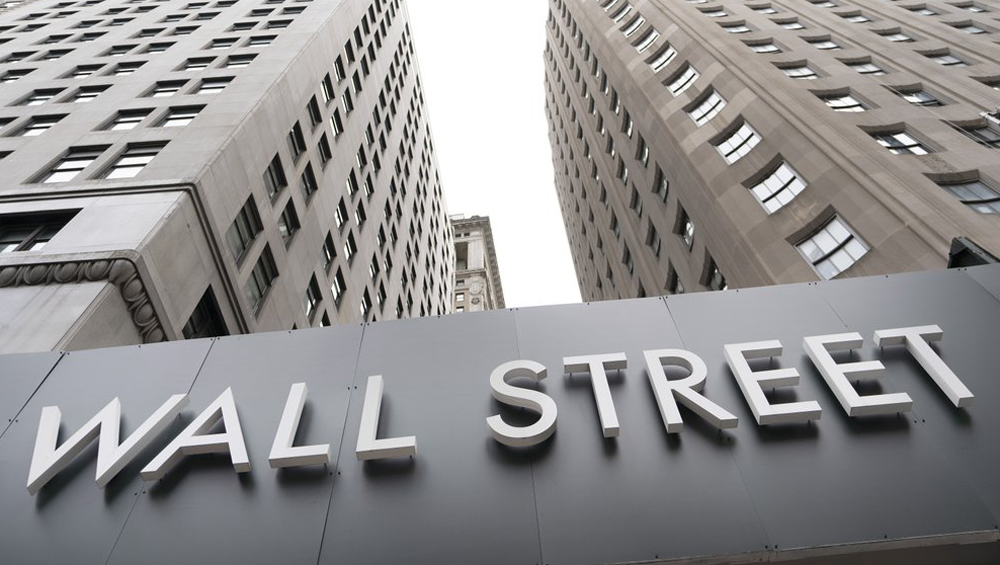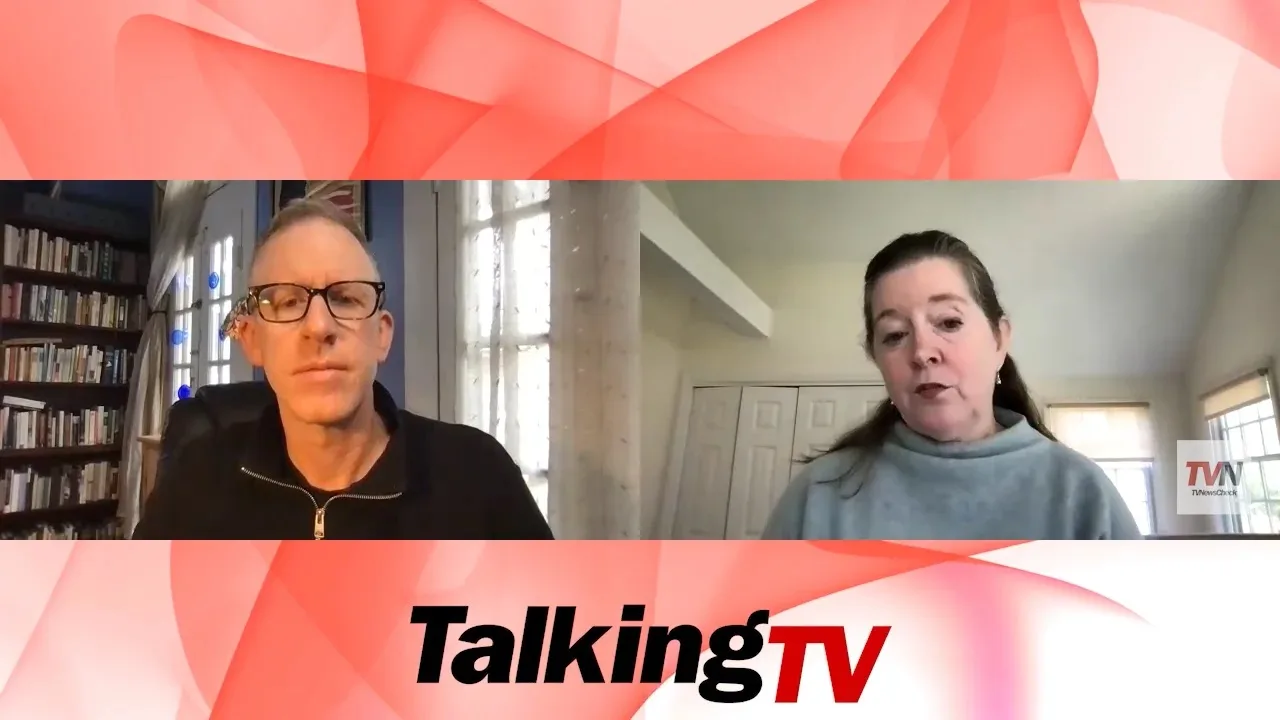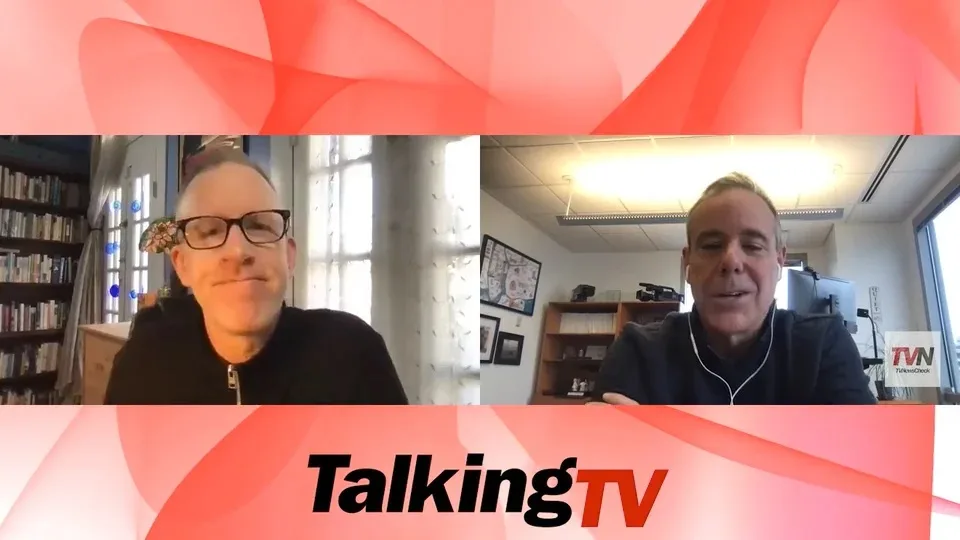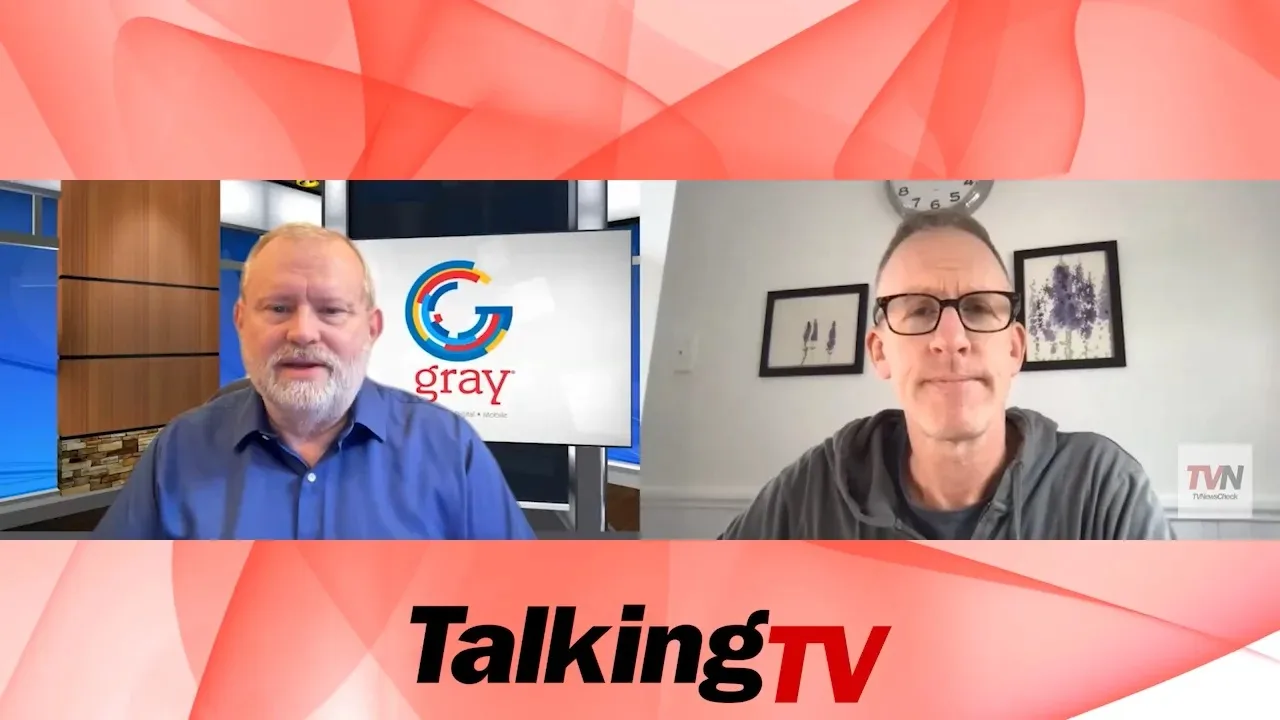
Dow Climbs 124, Nasdaq Gains 62, S&P Adds 27

NEW YORK (AP) — Wall Street rose Tuesday to take a bit of the edge off another losing month.
The S&P 500 gained 26.98, or 0.6%, to 4,193.80, a day after clawing back a bigger chunk of its loss for October. The Dow Jones Industrial Average added 123.91, or 0.4%, to 33,052.87, and the Nasdaq composite climbed 61.75, or 0.5%, to 12,851.24.
Most stocks ended up climbing after indexes swayed between small gains and losses through the morning, and more than 80% of the stocks in the S&P 500 strengthened.
Pinterest jumped 19% after reporting stronger profit for the latest quarter than analysts expected. It cited growth in users around the world, with Europe particularly strong.
Arista Networks was one of the strongest forces pushing the S&P 500 upward and climbed 14% after also reporting stronger profit for the summer than Wall Street had forecast. Analysts raised their estimates for future growth following the report on expectations the company will benefit from the artificial-intelligence boom.
The majority of big U.S. companies has reported stronger profit for the summer than expected, and Caterpillar also joined them. But the heavy machinery maker’s stock sank 6.7% after analysts focused on a slowdown in orders and growing inventories at dealers.
JetBlue Airways tumbled 10.5% after it reported a worse loss for the summer than expected. It said demand for travel is still strong during peak periods, but the industry has too many seats chasing after too few passengers during off-peak times. It also called the magnitude of air-traffic control and weather-related delays “staggering.”
VF Corp., the company behind Vans, Timberlands and other brands, dropped 14% after it reported weaker profit than expected. It also slashed its dividend 70% and withdrew its forecasts for revenue and profit this fiscal year.
Even though the big companies in the S&P 500 appear to be on track to report higher earnings for the first time in a year, the main index of Wall Street’s health still closed October with a loss of 2.2% for the month. That’s its third straight monthly drop, the longest losing streak since the COVID-19 pandemic froze the global economy at the start of 2020.
A big reason for the weakness has been the swift rise in Treasury yields in the bond market. The 10-year Treasury yield, which is the centerpiece of the bond market, has jumped from less than 3.50% during the spring to more than 5% recently, touching its highest level since 2007.
Higher yields knock down prices for stocks and other investments, while slowing the overall economy and adding pressure on the entire financial system.
The 10-year Treasury yield ticked higher to 4.90% from 4.89% late Monday, and much of Wall Street is focused on what’s coming Wednesday afternoon. That’s when the Federal Reserve will make its latest announcement on interest rates.
The Fed has already pulled its main overnight interest rate above 5.25% to its highest level since 2001. It’s been saying it will make upcoming moves based on what data say about inflation and the job market, where the worry is that too-strong growth could give inflation more fuel.
Reports on the economy Tuesday came in mixed. One said that growth in wages and benefits for U.S. workers slowed during the summer, compared with year-earlier levels, but not by as much as economists expected.
The data “points to a disappointingly gradual moderation,” according to EY Chief Economist Gregory Daco, and wage growth remains above the Fed’s comfort level.
Another report said that confidence among U.S. consumers weakened last month, but not by as much as economists expected.
Strong spending by U.S. households has been one of the main reasons the economy has avoided a long-predicted recession, but it could also be adding upward pressure on inflation. That’s why the Fed is nervous about too strong growth in wages, as workers fight for higher pay amid high inflation.
The overwhelming expectation on Wall Street is still for the Fed to keep its overnight interest rate steady on Wednesday. The bigger question is how long it will keep that main rate high, before cutting it to offer financial markets some more oxygen.
In Tokyo, the Bank of Japan added more upward pressure on interest rates. It said it would allow yields on 10-year bonds to rise above 1%, calling that level “a reference point” instead of a more rigidly set cap. Even so, analysts said investors were likely braced for something even tougher from Japan, which is home to some of the easiest interest-rate policies around the world.
Japan’s Nikkei 225 rose 0.5%, an outlier among losses across much of Asia amid worries about China’s economic strength. Stocks indexes in Europe were modestly higher.
AP Business Writers Yuri Kageyama, Matt Ott and Alex Veiga contributed.































Comments (0)